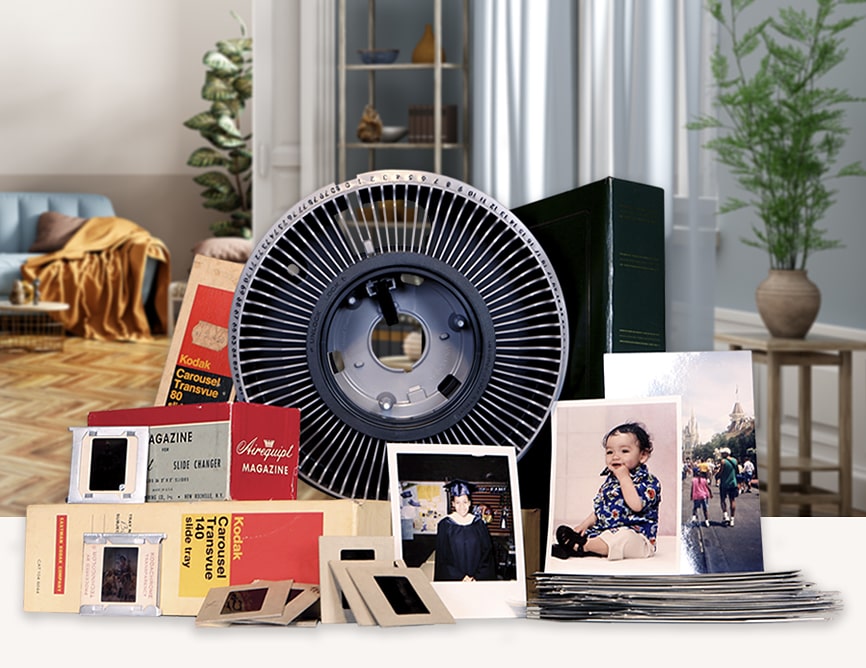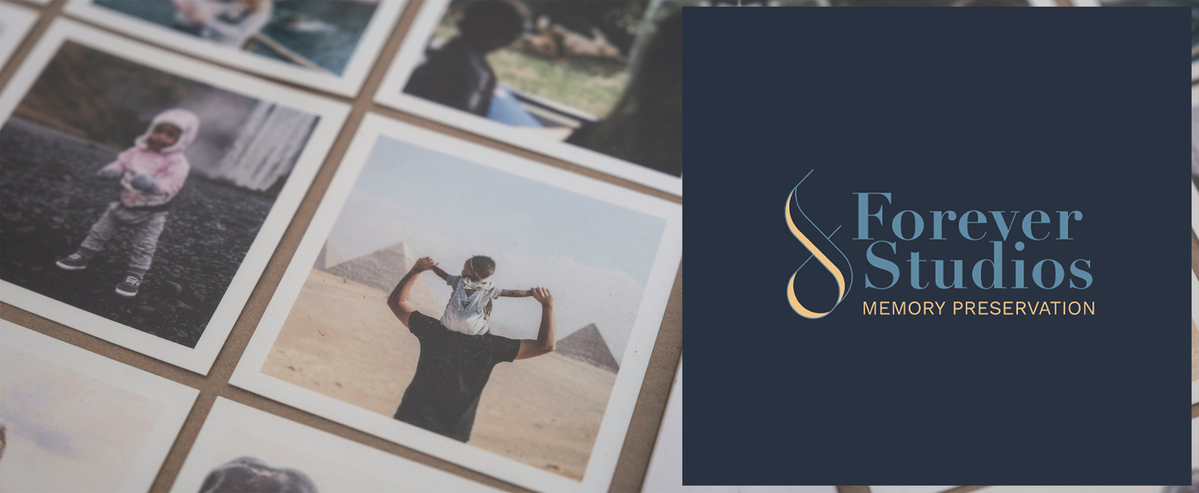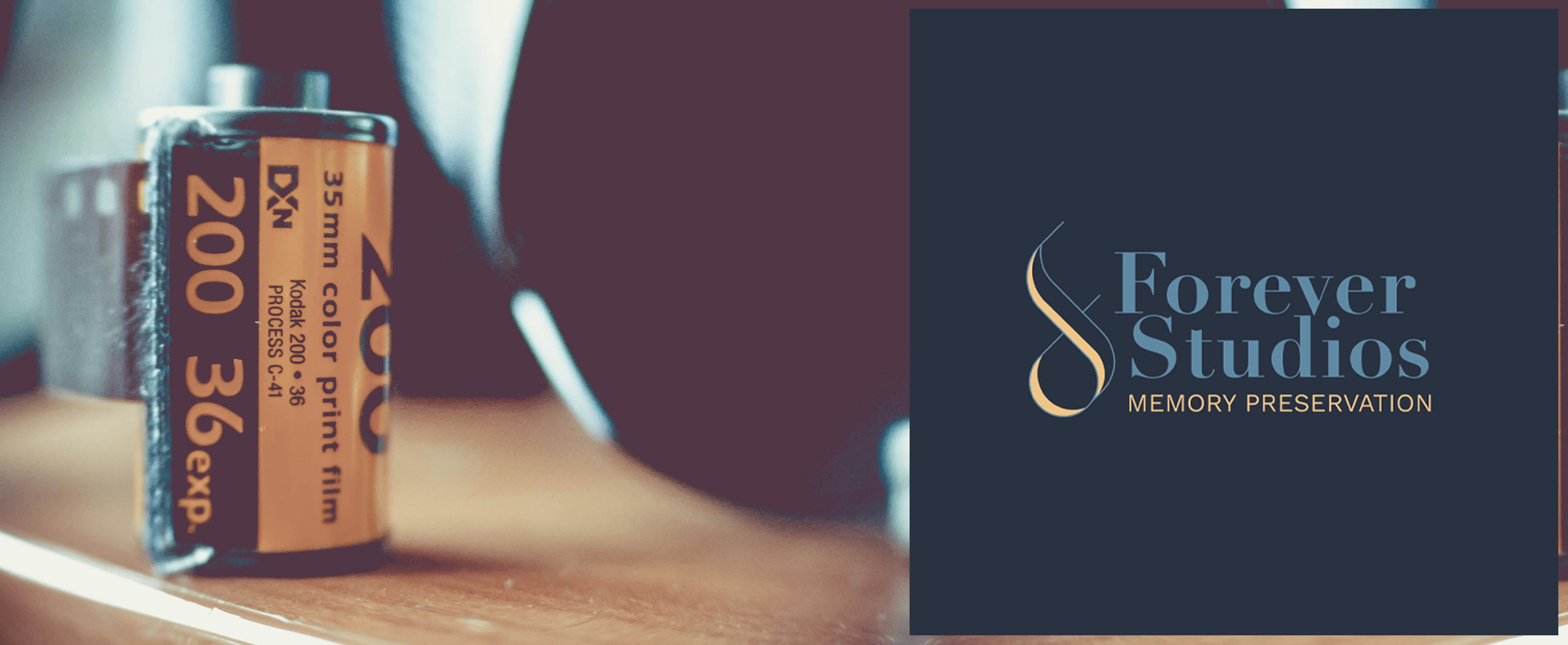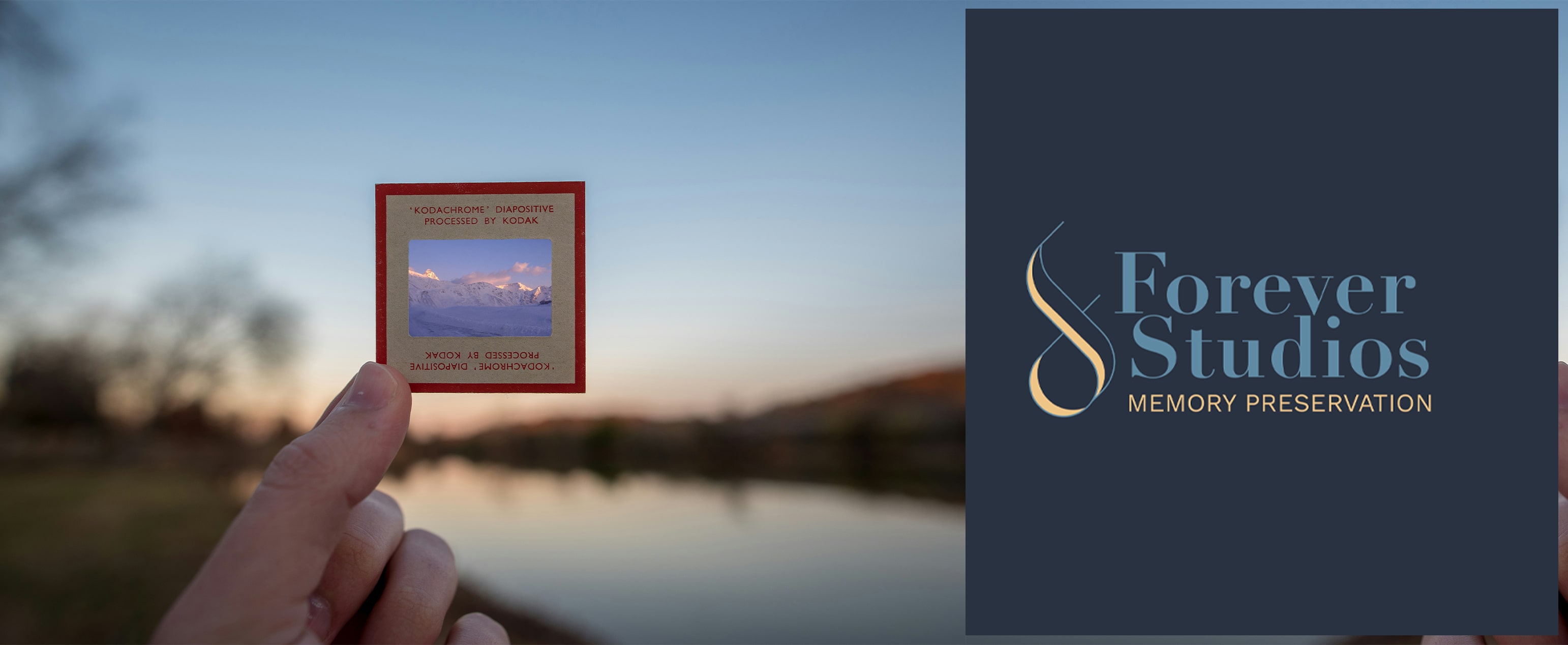
Slide Scanning Service Guide
Learn how to digitize your slides with our comprehensive guide. Preserve memories with expert scanning tips!
By Heather F.
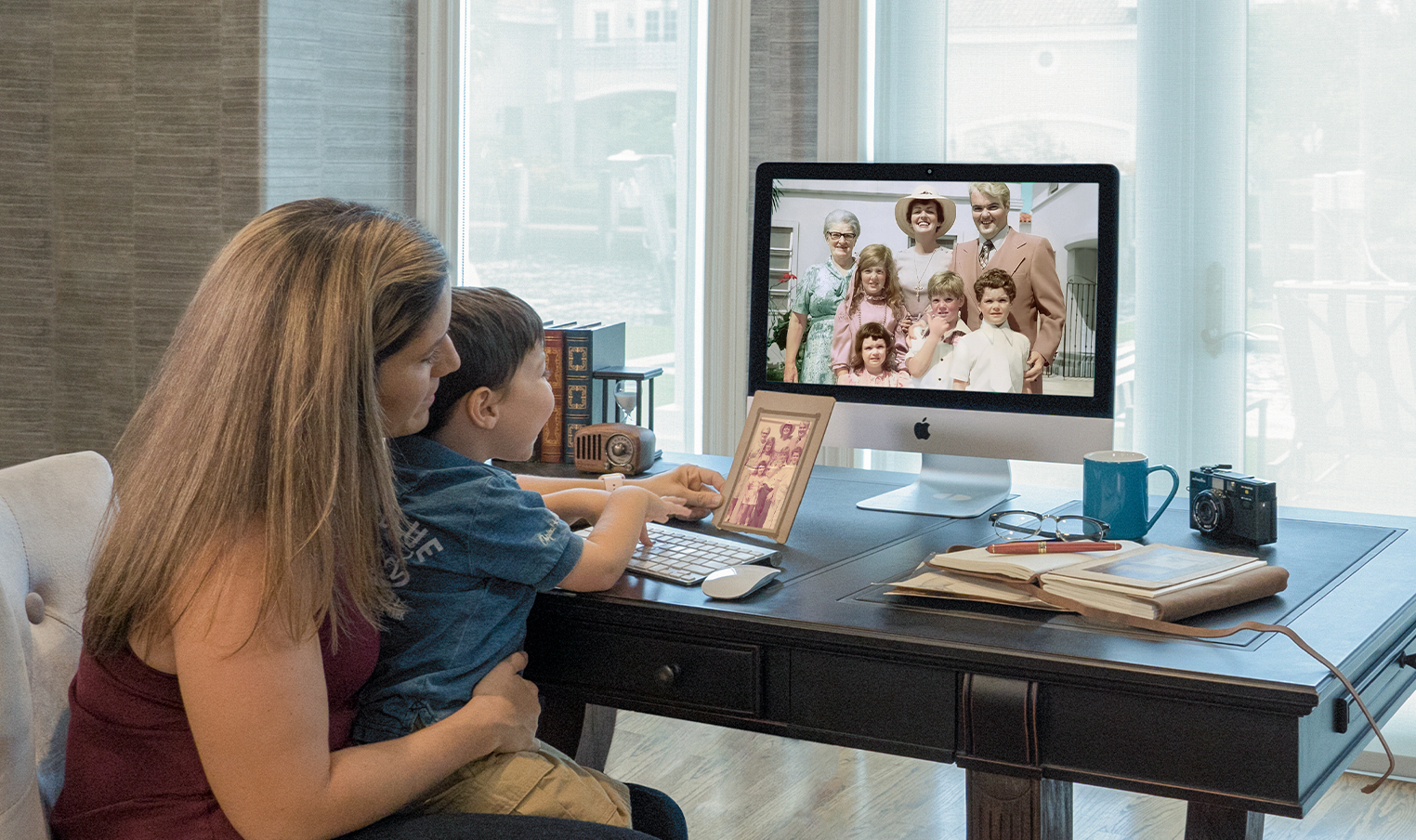
About Forever Studios
Forever Studios is a South Florida based company that specializes in family history preservation serving customers across the United States in VHS to Digital Conversion, 8mm Film to DVD, Photo Scanning Services, Old Photo Restoration & Wall Art & Photo Prints.
Heather F.
Heather is Forever Studios Lead Historical Researcher, and our main Staff Writer. She has an extensive background in media, the arts, and publishing. Enjoy her fresh takes on all sorts of photo, video & art subjects.

Heather is Forever Studios Lead Historical Researcher, and our main Staff Writer. She has an extensive background in media, the arts, and publishing. Enjoy her fresh takes on all sorts of photo, video & art subjects.
